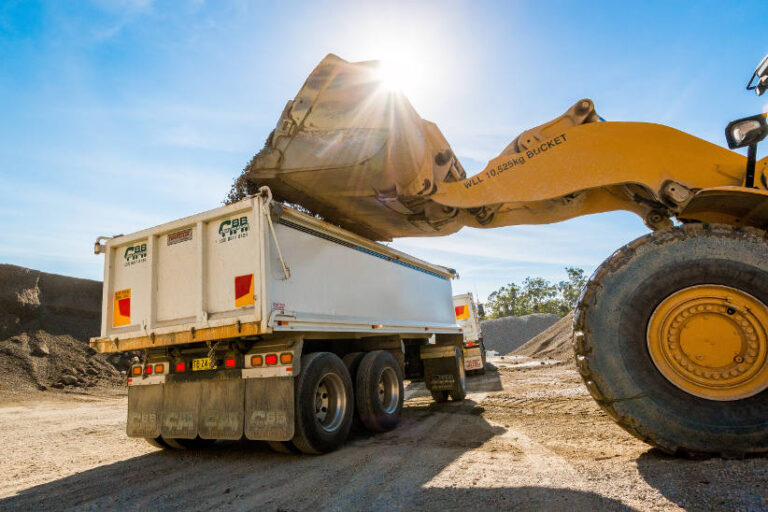Managing a fleet that includes both cars and heavy vehicles requires a comprehensive approach to maintenance. The National Heavy Vehicle Accreditation Scheme (NHVAS) outlines a Maintenance Management System (MMS) that ensures all vehicles remain roadworthy, safe, and compliant. This guide condenses the essential steps into a streamlined process tailored for mixed fleets.
1. Daily Checks
Every vehicle in your fleet, whether a car or a truck, must undergo a daily safety check before being used. This check should cover critical components like tyres, lights, and brakes. It’s essential that the person performing the check certifies the vehicle’s safety and that these checks are recorded. Regular daily checks help prevent minor issues from escalating into costly repairs.
Key Actions:
- Create a daily checklist for all vehicle types.
- Ensure responsible staff complete and document checks.
2. Fault Recording and Reporting
Drivers must be able to record and report faults during their journeys. This system should be easy to use and ensure that faults are assessed and addressed quickly. Whether the fault occurs in a car or a heavy vehicle, it must be recorded in a log that travels with the vehicle until the issue is resolved.
Key Actions:
- Implement a fault reporting system for all vehicles.
- Train drivers on fault recording procedures.
3. Fault Repair
Promptly repairing faults is crucial for maintaining fleet safety and compliance. Your MMS should include a process for assessing the severity of each fault and prioritising repairs accordingly. Ensure that repairs are documented and that the person responsible for making repair decisions is identified.
Key Actions:
- Develop a process for fault assessment and repair prioritisation.
- Keep detailed records of all repairs.
4. Maintenance Schedules and Methods
Establish a maintenance schedule that suits both cars and heavy vehicles in your fleet. This schedule should outline regular servicing intervals based on time, distance, or usage hours, with specific tasks for each vehicle type. Compliance with manufacturer specifications and national standards is essential.
Key Actions:
- Create a tailored maintenance schedule for your mixed fleet.
- Ensure maintenance tasks align with industry standards.
5. Records and Documentation
Accurate records are vital for demonstrating compliance and ensuring efficient fleet management. Keep a register of all vehicles, and maintain records of daily checks, fault reports, and repairs. Proper documentation supports audit processes and provides a clear history of each vehicle’s maintenance.
Key Actions:
- Maintain detailed records for each vehicle.
- Regularly update and securely store maintenance documentation.
6. Responsibilities
Clearly define roles and responsibilities within your MMS. Ensure that each task, from daily checks to fault repairs, is assigned to a specific person or role. This clarity is essential for accountability and ensures that all aspects of maintenance are managed effectively.
Key Actions:
- Assign specific responsibilities for each maintenance task.
- Document and communicate these responsibilities to staff.
7. Internal Review
Regular internal reviews help ensure your MMS is functioning effectively. Conduct quarterly and annual reviews to identify non-compliance issues and areas for improvement. Address any shortcomings before they lead to more significant problems.
Key Actions:
- Schedule regular internal reviews.
- Document findings and implement corrective actions.
8. Training and Education
Ongoing training is critical to ensure all personnel understand the MMS and their specific responsibilities. Whether they manage cars or heavy vehicles, all staff should be knowledgeable about the procedures and policies they need to follow.
Key Actions:
- Provide regular training for all staff involved in the MMS.
- Keep records of all training activities.
Conclusion
A well-implemented Maintenance Management System is crucial for managing a mixed fleet of cars and heavy vehicles. By following these steps, you can ensure your vehicles remain safe, compliant, and reliable, ultimately enhancing the efficiency and success of your operations.






